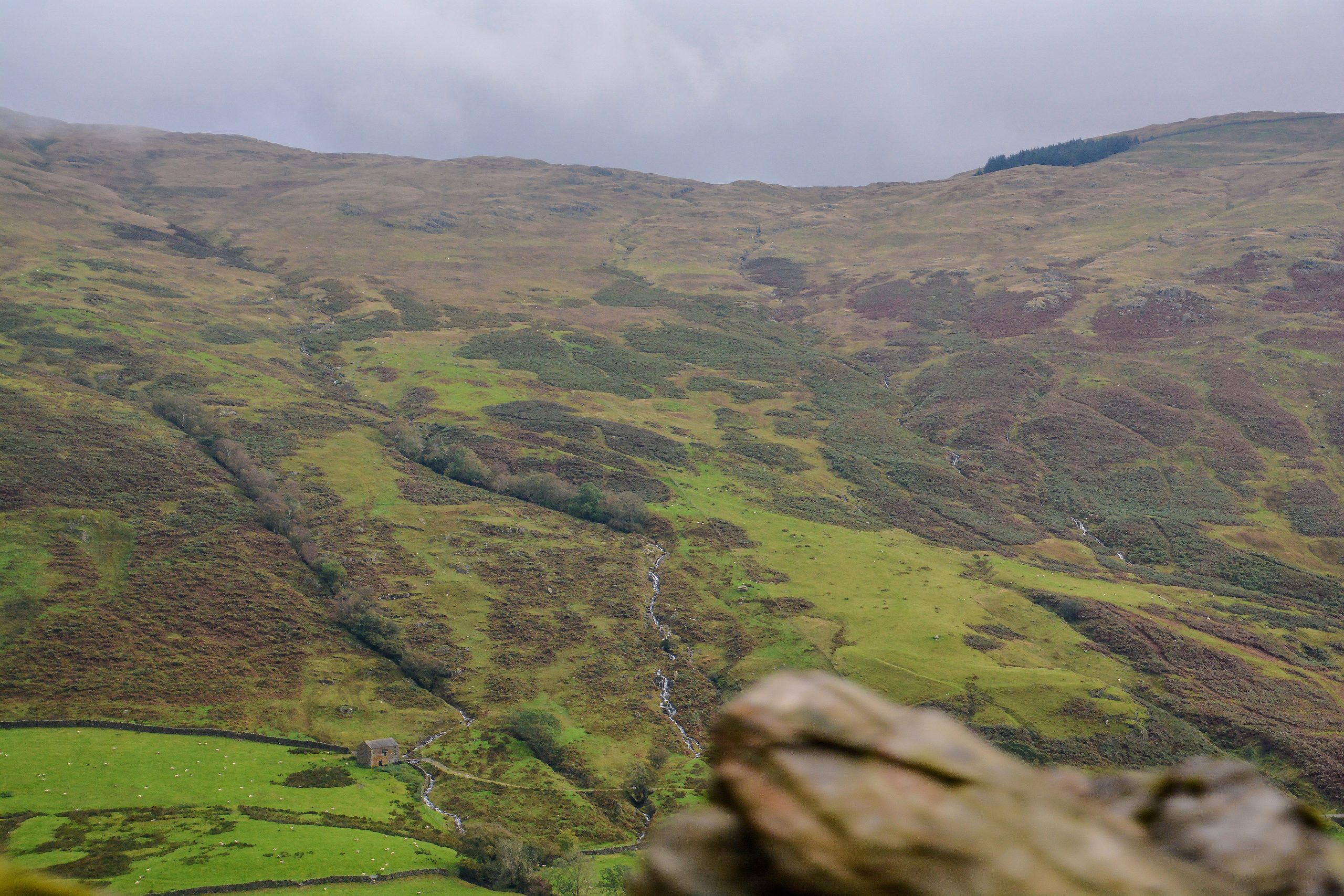The Lake District, a picturesque region in Cumbria, England, is a popular destination for outdoor enthusiasts. However, during the summer months, visitors to this stunning landscape must contend with a formidable foe – the Lake District midge. These tiny, blood-sucking insects can quickly turn a peaceful hike or a relaxing day by the lake into a frustrating and uncomfortable experience.
The Duration of Lake District Midge Season

The Lake District midge season typically runs from mid-May to early September, with the worst months being June, July, and August. During this period, midges are more prevalent in areas with warm, damp conditions such as bogs, grasslands, and near water sources like lakes and rivers.
| Month | Midge Activity |
|---|---|
| May (mid-) to September (early) | Midge season |
| June, July, August | Peak midge activity |
Prevalence of Midges in Specific Areas

While midges can be found throughout the Lake District, certain areas are more prone to their presence due to the local environmental conditions.
Keswick and Windermere
These popular tourist destinations are particularly susceptible to midge infestations due to their proximity to water sources and the warm, damp conditions that midges thrive in.
Higher Elevations
Midges can be found at elevations above 500 meters, especially near tarns (small mountain lakes) and in areas that have experienced recent damp weather.
Effective Methods for Repelling Midges
Fortunately, there are several effective ways to protect yourself from the pesky Lake District midges. Here are some of the most popular and reliable options:
- Avon Skin So Soft: This popular and effective repellent has been used by outdoor enthusiasts for years to ward off midges.
- Smidge: A DEET-free repellent that effectively blocks midges’ antennal receptors, making it a great choice for those with sensitive skin.
- Lifesystems Expedition: Another effective repellent option that can provide protection against midges and other biting insects.
- Dress Code: Wearing light-colored clothing can help reduce the attraction of midges, as they are less drawn to lighter hues.
- Avoid Peak Hours: Try to plan your outdoor activities during the middle of the day, as midges are most active in the early mornings and late evenings.
- Use Midge Nets: In severe cases, wearing a midge net to protect your face can be a lifesaver.
Additional Considerations
Weather Dependence
Midge activity is highly dependent on recent weather conditions, with warm and damp weather increasing their presence. Pay attention to local weather forecasts and plan your outdoor adventures accordingly.
Other Insect Issues
In addition to midges, the Lake District is also home to ticks, which can pose a risk of transmitting Lyme disease. Be sure to check for ticks after spending time in areas like the ‘High Street’ path and Kentmere horseshoe.
By understanding the Lake District midge season, the specific areas where they are most prevalent, and the effective methods for repelling them, you can better prepare for and enjoy your time in this stunning natural wonder. Remember to pack your repellent, dress appropriately, and be mindful of the weather and other potential insect threats to make the most of your Lake District adventure.
References
- https://forums.practicalcaravan.com/threads/lake-district-midges.66413/
- https://www.fodors.com/community/europe/midges-in-lake-district-163565/
- https://www.countryfile.com/how-to/how-to-protect-yourself-against-midges-this-summer
- http://www.walksaroundbritain.co.uk/avoidingmidges.html
- https://www.reddit.com/r/wildcampingintheuk/comments/1en8zrd/midges_in_the_lake_district/
